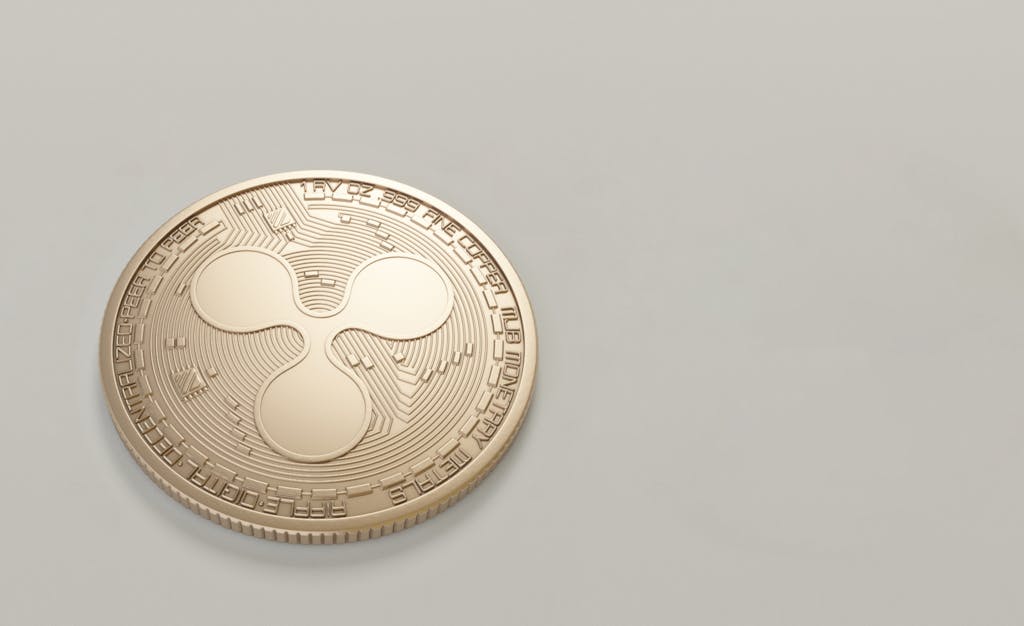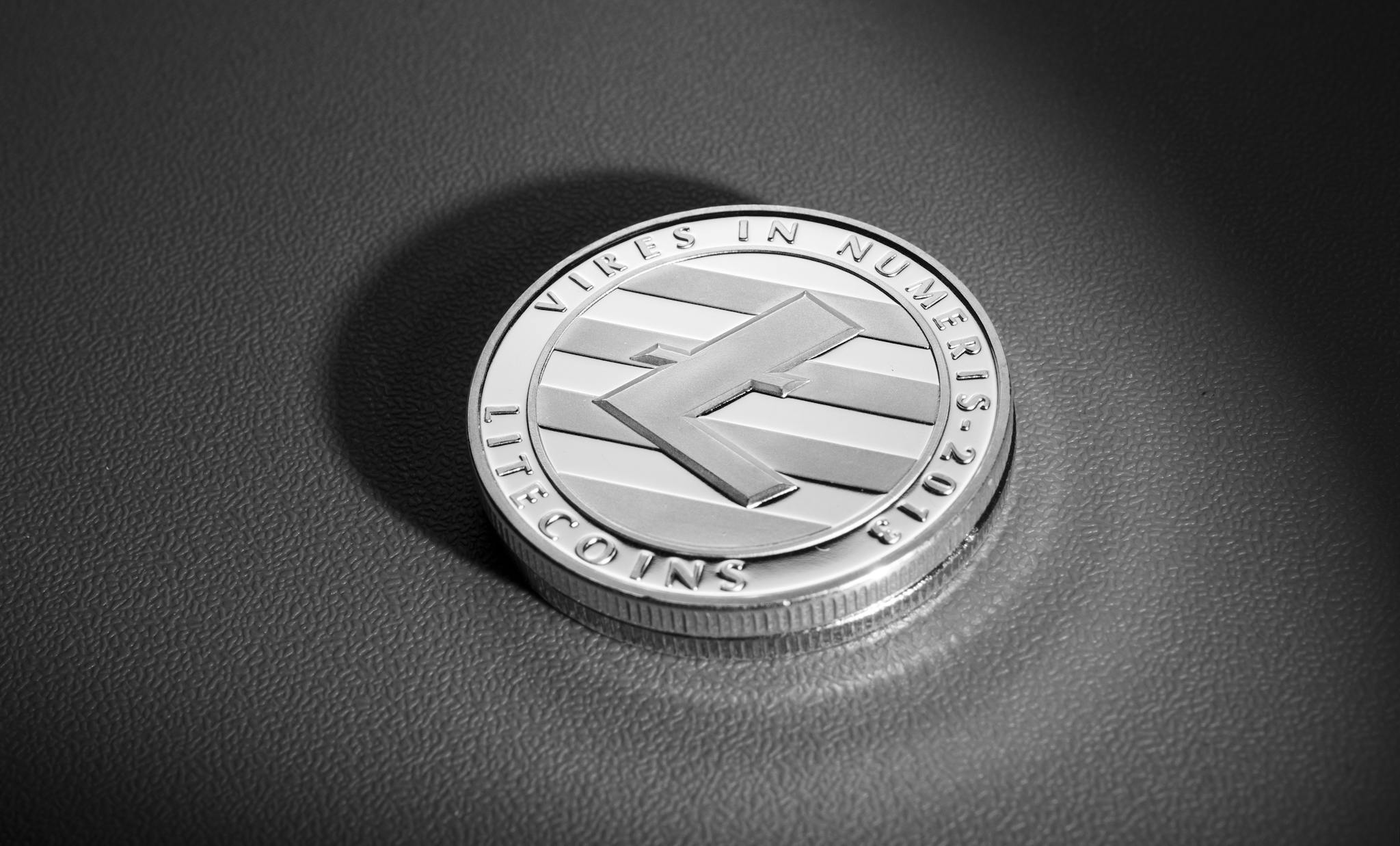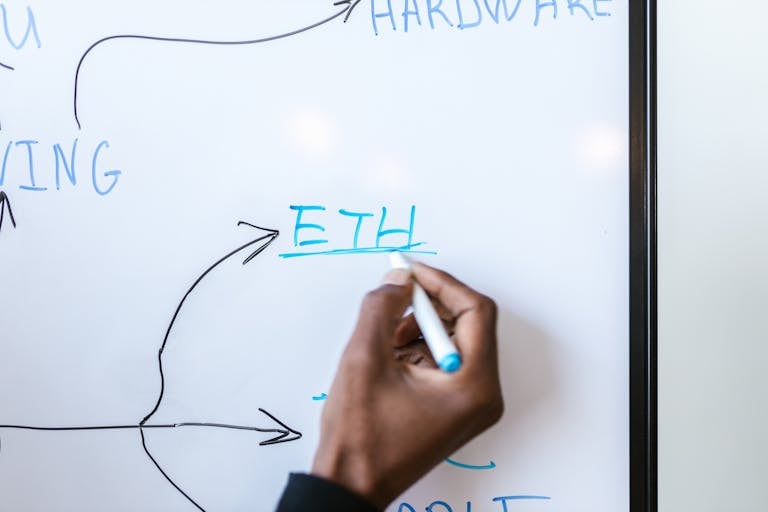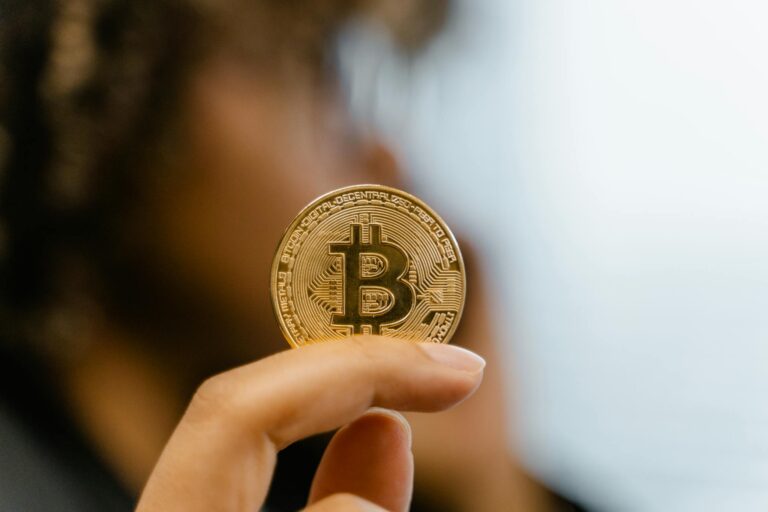XRP: The Evolution of a Digital Payments Pioneer
Ripple’s XRP has emerged as one of the most influential cryptocurrencies in the financial world, aiming to revolutionize cross-border transactions. From its inception to its widespread adoption by banks and financial institutions, XRP’s journey is a testament to innovation in blockchain-powered payments.

The Birth of XRP: Solving a Global Problem
Unlike many cryptocurrencies that focus on decentralization, XRP was designed to tackle inefficiencies in the global payments system. Founded in 2012 by Chris Larsen, Jed McCaleb, and Arthur Britto, Ripple Labs developed XRP to provide a fast, low-cost alternative to traditional banking systems like SWIFT.
Unlike Bitcoin, which relies on proof-of-work mining, XRP operates on the XRP Ledger, a consensus protocol that allows for near-instant transactions with minimal energy consumption.
Adoption and Expansion
From the start, XRP gained attention for its ability to settle transactions in 3-5 seconds with fees as low as fractions of a cent. Over the years, it has been adopted by financial giants, making significant progress in the remittance and cross-border payment industry.
Key milestones in XRP’s evolution include:
- 2014-2016: Major partnerships with banks and payment providers, including Santander and American Express.
- 2018: RippleNet, a network of financial institutions leveraging XRP for settlements, expanded globally.
- 2020-2022: Legal battles with the SEC over XRP’s classification as a security challenged its market position but reinforced its decentralized nature.
- 2023-2025: Regulatory clarity, growing institutional adoption, and increasing use cases solidify XRP’s role in the digital payments ecosystem.
The Technology Behind XRP
XRP’s success is largely due to its robust technical foundation, which includes:
- XRP Ledger (XRPL): A decentralized, open-source blockchain known for speed and scalability.
- On-Demand Liquidity (ODL): A solution enabling instant cross-border payments without the need for pre-funded accounts.
- Minimal Transaction Costs: Making it an attractive option for banks and payment providers looking to streamline operations.
The Future of XRP in 2025 and Beyond
Looking ahead, XRP is positioned to play a crucial role in the evolving landscape of digital payments. As more central banks explore Central Bank Digital Currencies (CBDCs) and blockchain solutions, XRP’s infrastructure offers a compelling bridge between traditional finance and decentralized technology.
Anticipated developments include:
- Further integration with global banking systems to enhance transaction efficiency.
- Expansion of RippleNet and ODL solutions to support even more financial institutions.
- Regulatory advancements that could solidify XRP’s standing as a compliant digital asset in major markets.
With its strong foundation, industry partnerships, and continuous innovation, XRP remains at the forefront of financial technology, redefining how money moves across borders.





